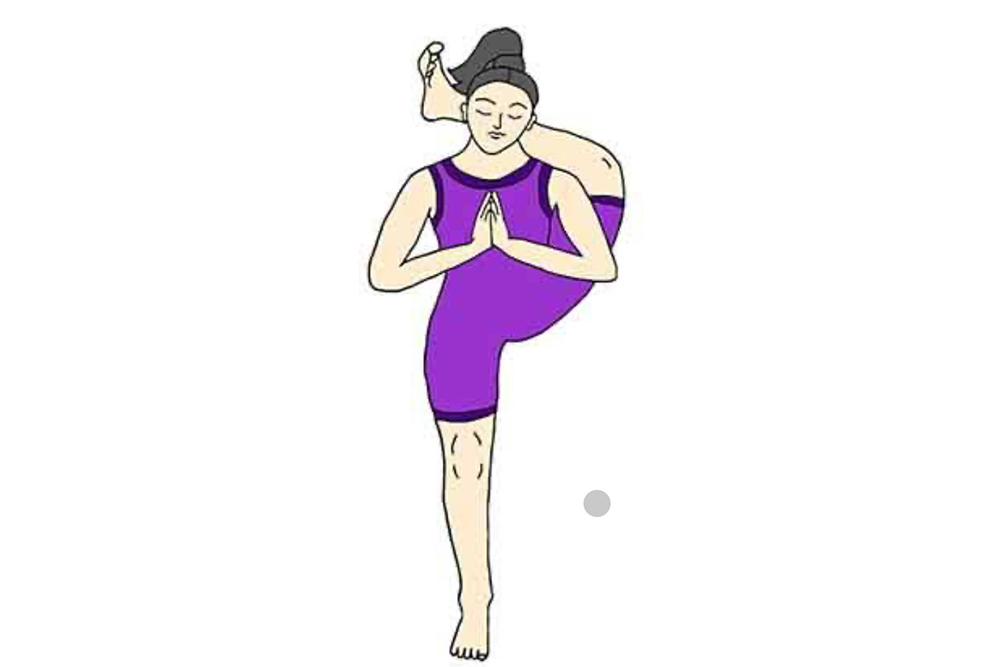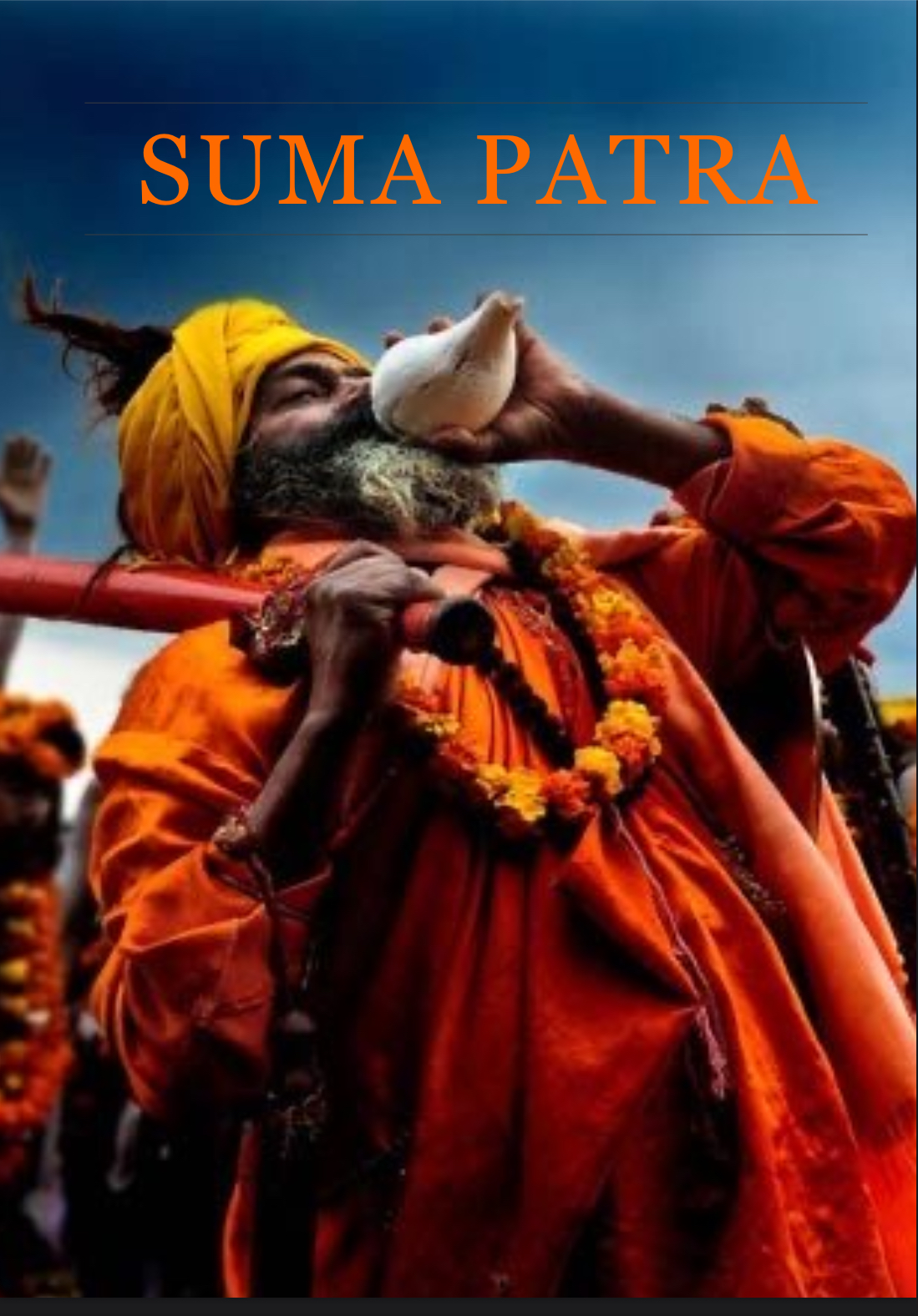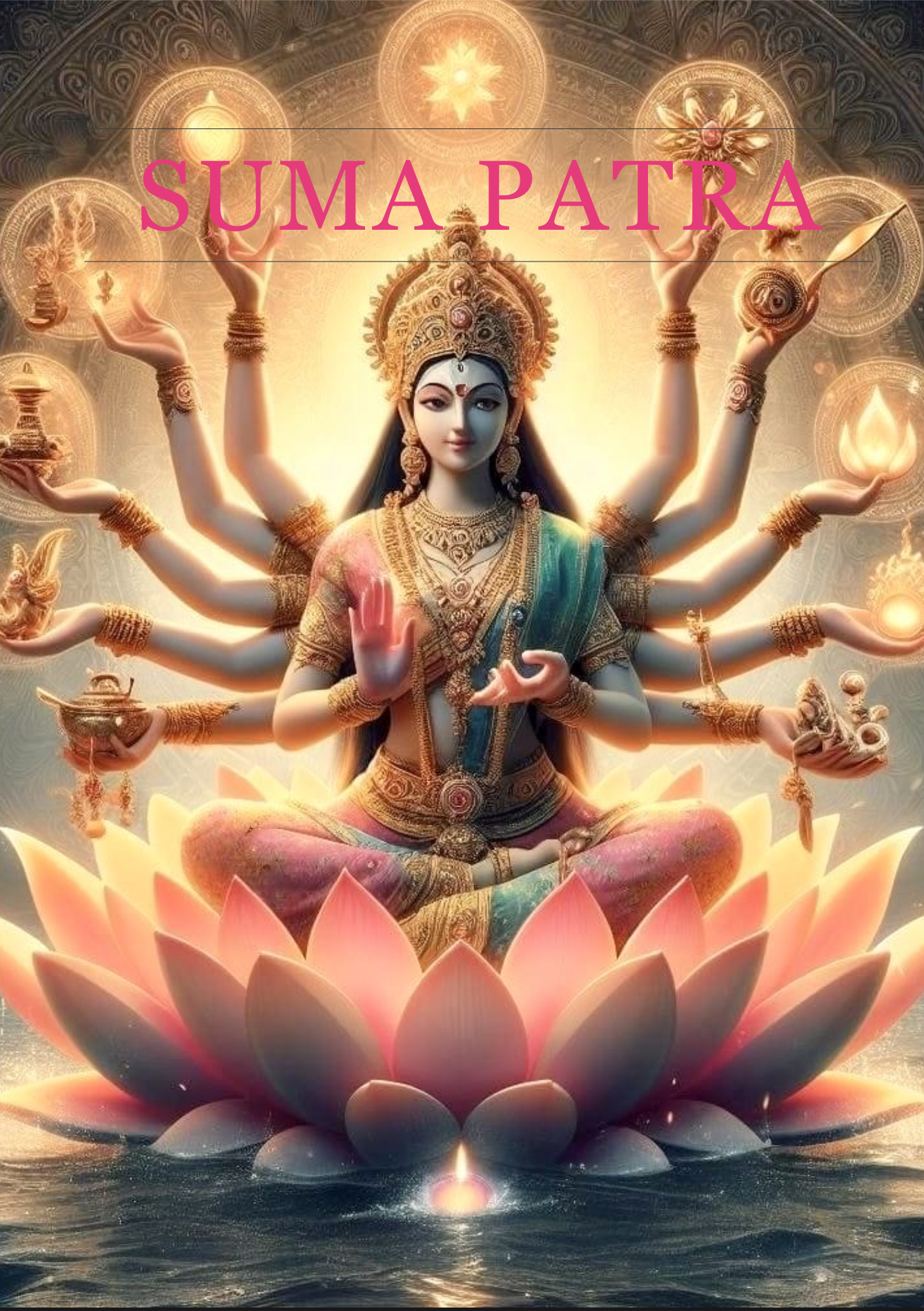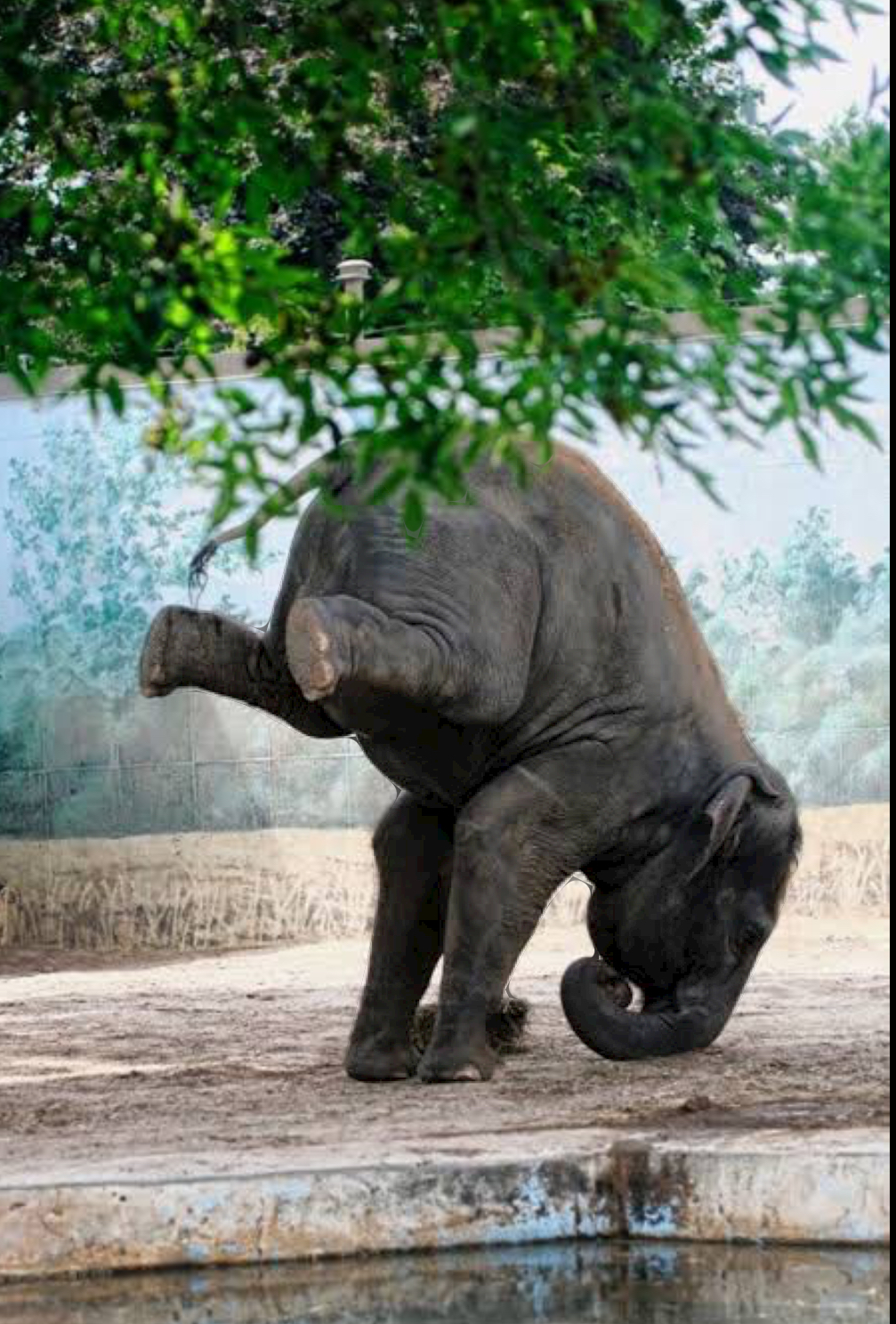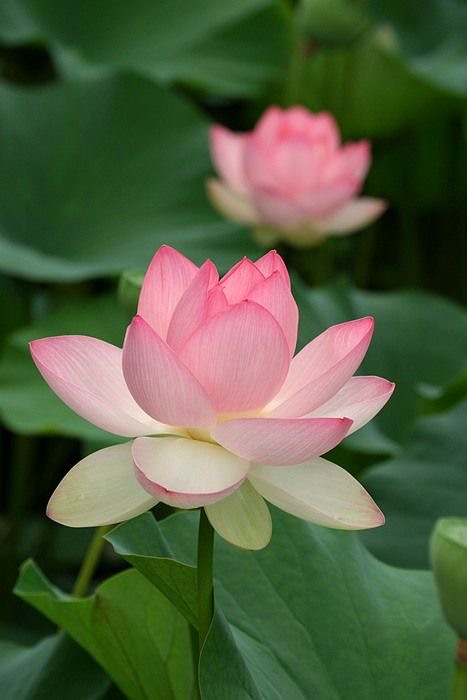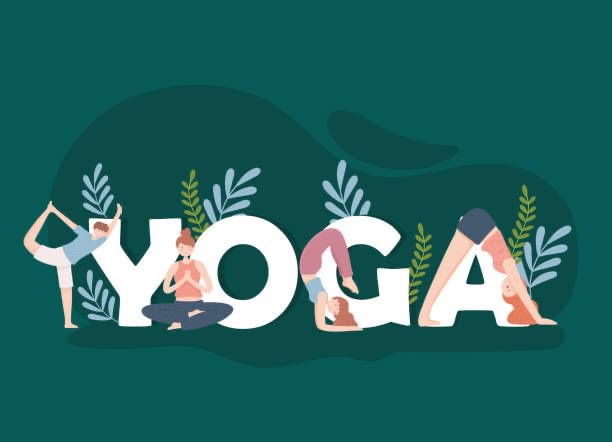Durvasa asana is started in a seated posture, then one leg is brought into the Ekapada Shrisha-asana {leg behind the head pose} and the heel of the other foot is brought close to the hips. Then, with great care, the standing leg begins to straighten while the torso is kept parallel to the floor. The hands are folded together at the centre of the chest and then the torso is lifted on an inhaling breath. Attention has to be paid to maintain balance in a steady and consistent manner.
As you may have probably guessed,this asana is a real test of flexibility,strength and most importantly, patience. Since it challenges one’s balance, physically and mentally, it poses the risk of the practitioner getting frustrated and angry. Hence, Devdutt Patnaik tells us, it’s named after Rishi Durvasa who is also known as the ‘angry sage’ in Hindu mythology. Rishi Durvasa was also a great scholar and possessed a lot of powers. These he attained through yoga and a comprehensive understanding of the cosmos. And so, this pose teaches one the value of patience, perseverance and tenacity without which one cannot become a master of one’s craft.
How does one cultivate these traits? How to not give up? Maharishi Patanjali tells us the answer in his Yoga Sutras — “Tatra sthitau yatno abhyasah” [I;13] meaning that perseverance is the continuous effort to secure perfect restraint. Practice, the repeated effort, is resting in stillness as a result of will power.
This asana is thus a lesson in patience and perseverance to control the fluctuations of the body and mind so that they can align and bring one to the state of stillness.

